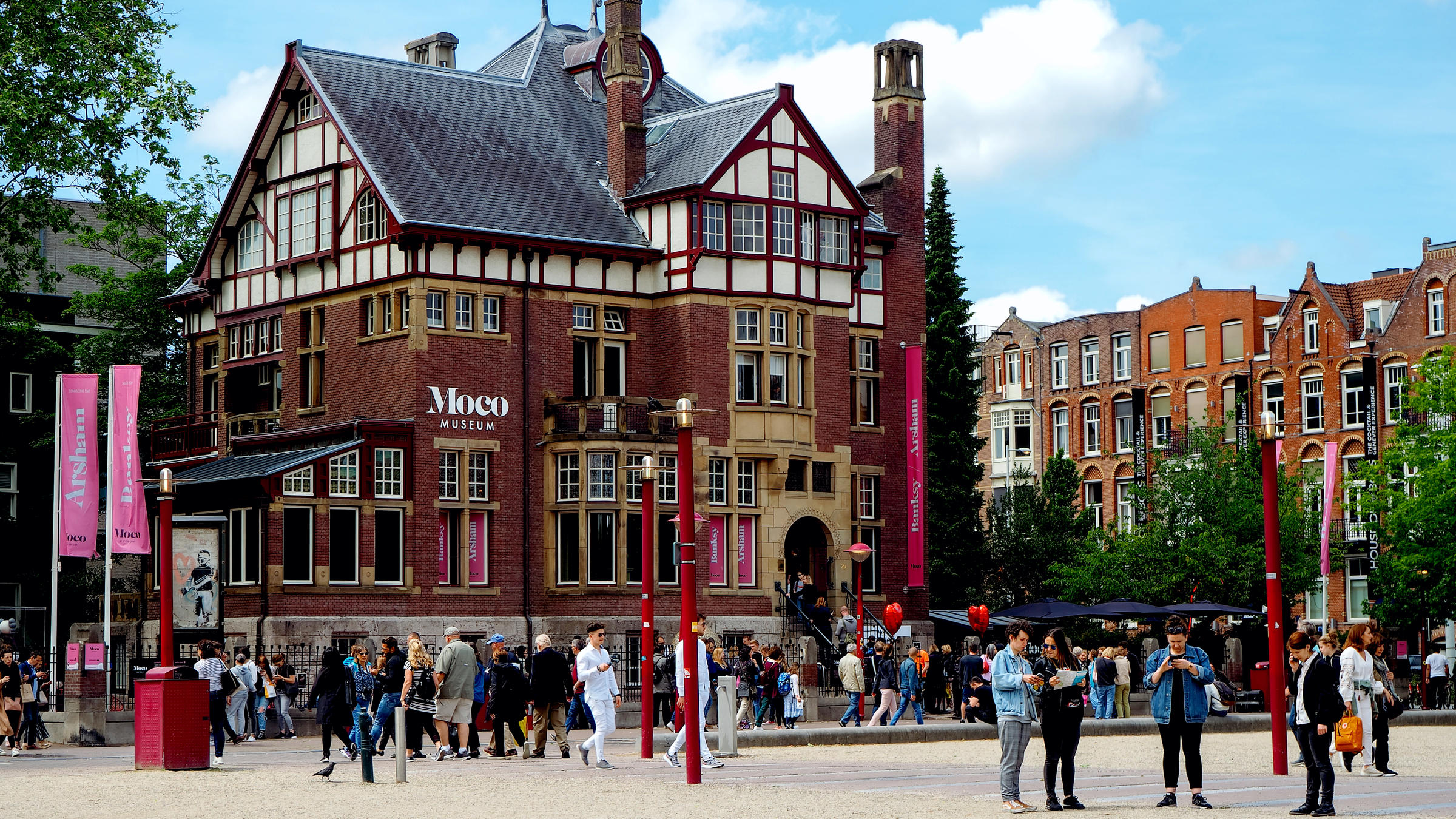Today, even people living far from Europe know how a typical red London bus, Routemaster, looks like. It has become the symbol of this foggy city and perhaps the most recognizable vehicle in the world.
Today, even people living far from Europe know how a typical red London bus, Routemaster, looks like. It has become the symbol of this foggy city and perhaps the most recognizable vehicle in the world. Even today, reading different world News, you can find something new about this old friend of Londoners and the GB capital’s guests.
The Routemaster’ story
Routemaster is a double-decker bus that was created in 1954 by AEC and used in London from 1956 to 2005. It was supposed that they would replace trolleybuses (1959). This process was completed by May 1962. The subsequent series of Routemasters replaced the older bus models like AEC Regent. The length of the first series vehicle was 8.4 meters (27 feet and six inches); the later Routemasters were 9 meters (30 feet).
The bus has gained immense popularity among Londoners and the British capital tourists. The reason for this fame was a design feature of the bus — an open platform at the back. People could use it as an entrance and exit. Strange construction did not have doors. An open platform made it possible to exit and enter the bus quickly not only at stops but also when standing at an intersection or in a traffic jam.
Since the entrance to the bus was located at its back, the driver could not sell passengers tickets like on other buses, in which the entrance was through the front door, so the crew of the Routemaster consisted of two people — a driver and a conductor. If other buses could not move until the driver would finish selling tickets to the passengers, the Routemasters did not suffer from such delays, since the conductor could sell tickets during the trip.
The red bus is still alive
The decommissioning of this vehicle began in 1982, but in 1992 the remaining buses were repaired, new engines that meet environmental standards were installed. After this modernization, the bus term was extended and permission was granted to use this mode of transport for ten years. However, since 2003, red buses began disappearing from the streets of London. The last Routemaster “showed up” in public in 2005. It was 159 routes, which runs from Marble Arch to the Streatham train station. Crowds of people who came to say goodbye to the bus were standing in a long line there.
At the time of the decision to stop the release of this model of buses (2003), there were about 550 Routemasters on the move. The decommissioned buses are not scrapped, but sold to everyone; the price of the bus for third-party buyers is about ten thousand English pounds. Five buses replenished the exposition of the London Museum of Public Transport. Many of them have returned to the streets of London, but now they carry tourists.
The main reasons for quitting dealing with these vehicles were the following: the insecurity of the open platform, inconvenience of the bus for the elderly, passengers with prams, disabled people (in general, by 2017 all public transport in the UK should be accessible for these categories of passengers), technical wear and tear. Savings also played a great role — modern buses do not require conductors, bus service is carried out by one driver.
London has other things that can be never found anywhere else. Reading world News at this site, you will meet curious facts about them and probably, it will be a real surprise for you.



